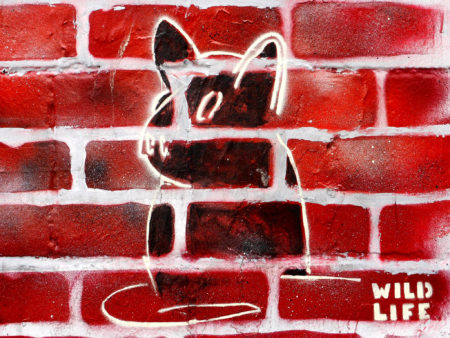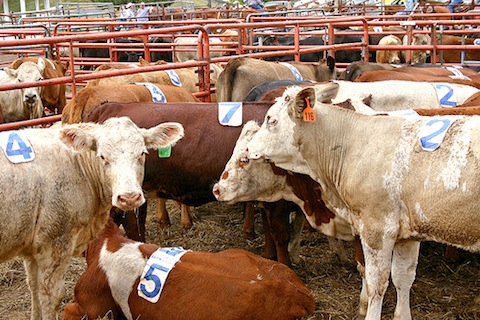
This article was originally published by the South African Institute of International Affairs (SAIIA) on 22 September 2016.
Dozens of wildlife species are endangered, pushed ever closer to extinction by habitat loss and illegal trade. This is an important and disquieting element of the so-called Anthropocene, the proposed geological epoch to describe the current period, in which the earth and its complex systems have been fundamentally shaped by human activity. The illegal wildlife trade, which has been estimated at $7 billion to $23 billion a year, is the world’s fourth-largest form of transnational organized crime.
This has generated a typical global collective-action problem: wilderness landscapes should be preserved because they function both as carbon sinks and wildlife preserves, but conserving biodiversity requires unified action from actors whose interests may not be fully aligned. Many remaining high-biodiversity areas exist in developing countries, where their preservation entails high opportunity costs. Development priorities—the need to provide food, housing, jobs, and a better life to large and growing populations—compete for political and geographic space with natural landscapes.

